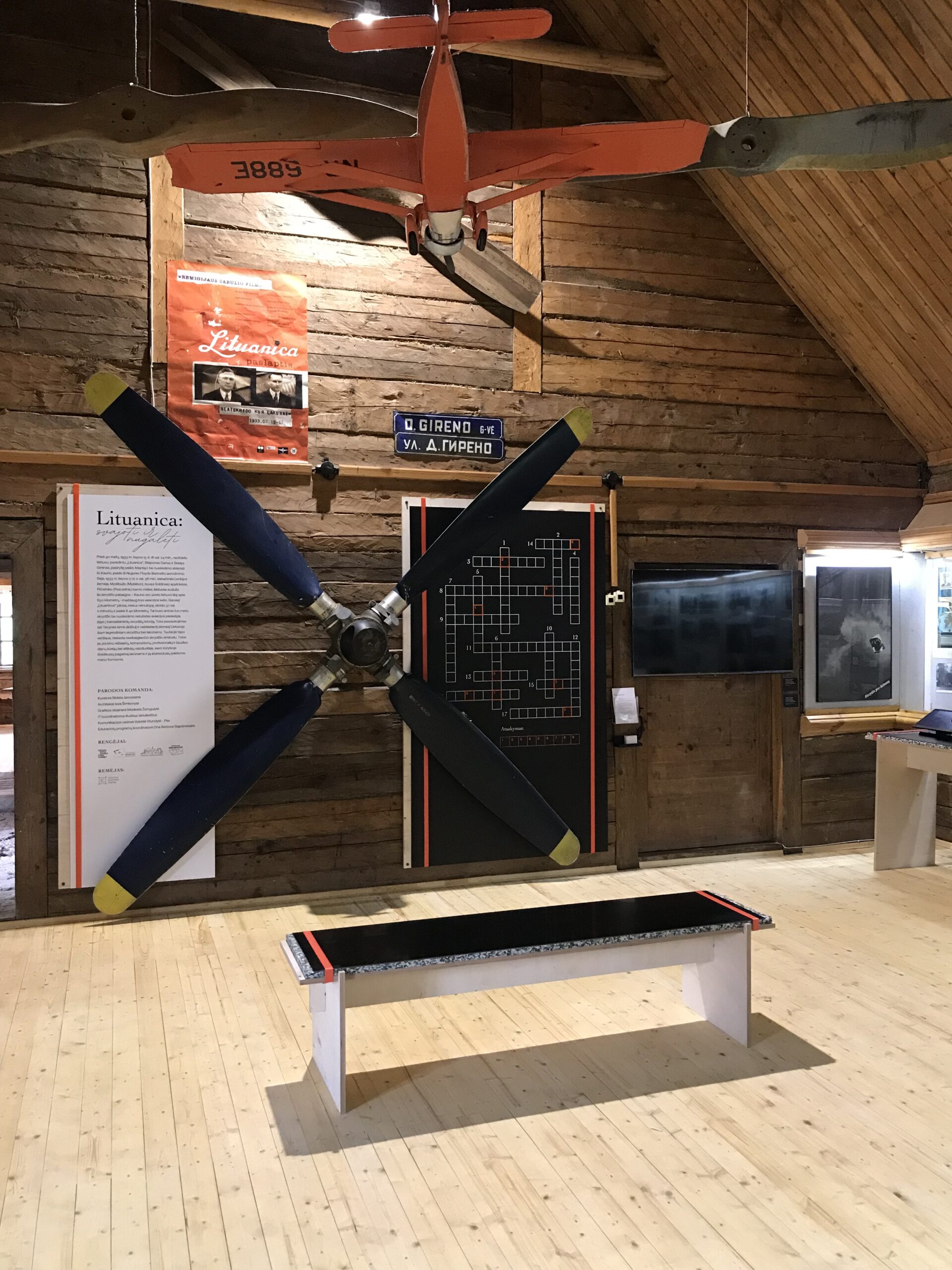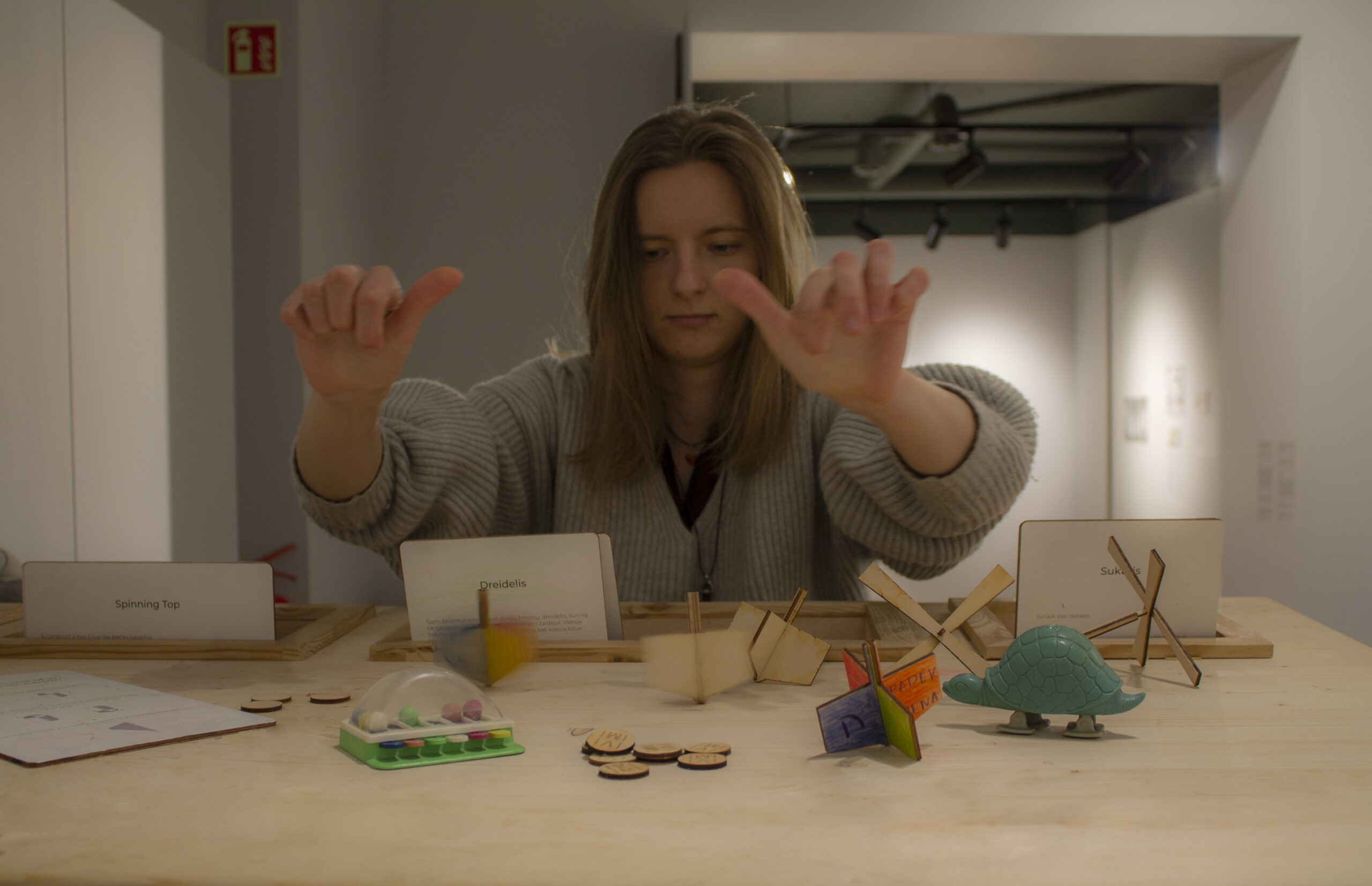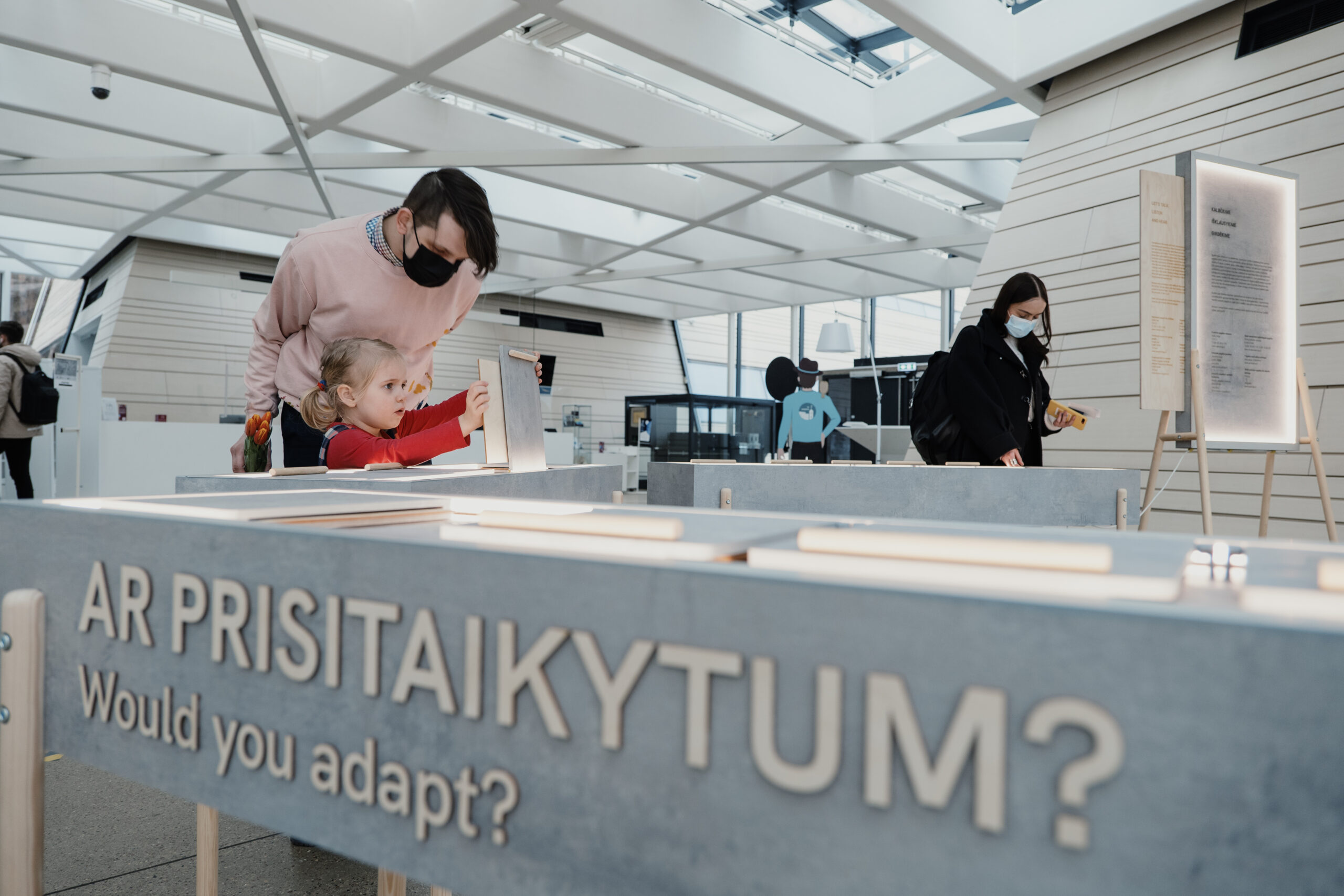The travelling exhibition „LITHUANICA: To Dream and To Conquer“ commemorates the 90th anniversary of the flight across the Atlantic Ocean by Steponas Darius and Sasys Girenas. The exhibition tells the story about one of the most important events of the 20th Century Lithuania: the flight across the Atlantic in 1933, and the release of the film „The Flight Across the Atlantic“ in 1983, directed by Rimundas Vabalas.
Darius and Girenas were terminated to cross the Atlantic, flying from New York Floyd Bennett Airoport to Kaunas. On July the 15th 1993, 4:24 PM they took off from New York. Unfortunately, the plain crashed (in current Polish territory) when there were only 650 km left to the destination. They flew 6 411 km uninterruptedly for 37 hours and 11 minutes. This was the second longest uninterrupted flight in the history at the time. Such dedication to making the name of the homeland famous has led to a great and undying attention in Lithuania to this legendary flight and pilots.
“Flight Across the Atlantic is the most popular Lithuanian feature film in the history of Lithuanian cinema: in the 1980s, it was seen by more than 647 000 viewers, i.e. about one in five Lithuanians at the time.
Exhibition team:
Curator: Nideta Jarockienė
Exhibition Designer: Ieva Šimkonytė
Graphic Designer: Modesta Žemugalytė
IT Coordinator: Audrius Janulevičius
Production: MB “Montažo fėjos”









